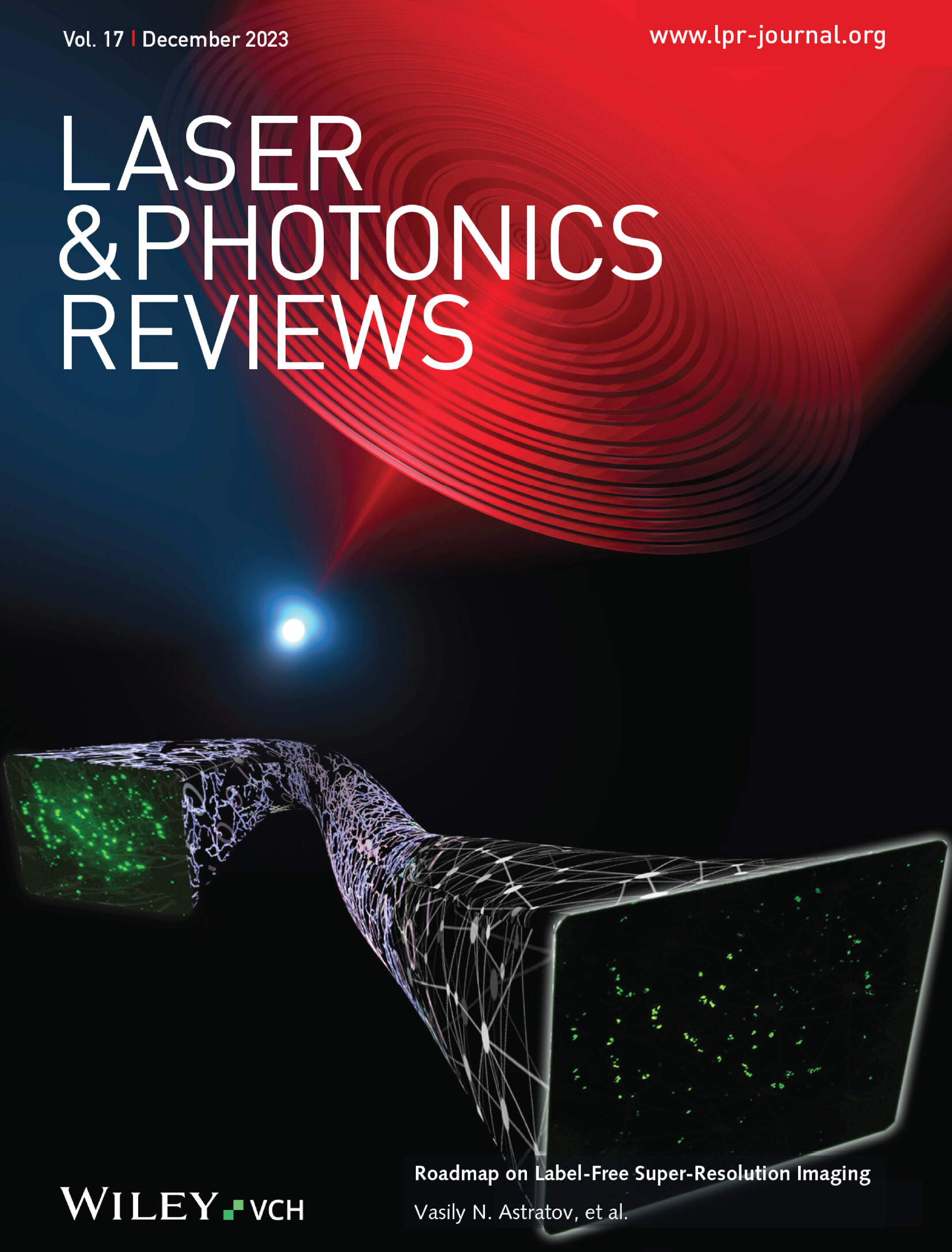Optomechanically and Thermo-Optically Driven Interactions Between Gilded Vaterite Particles in Bubbles
IF 9.8
1区 物理与天体物理
Q1 OPTICS
引用次数: 0
Abstract
The capability to tailor mutual interactions between colloidal nanoparticles strongly depends on the length scales involved. While electrostatic and optomechanically driven interactions can cover nano and micron-scale landscapes, controlling inter-particle dynamics at larger distances remains challenging. Small physical and electromagnetic cross-sections of nanoparticles make long-range interactions, screened by a fluid environment, inefficient. To bypass the limitations, we demonstrated that forming micron-scale bubbles around gilded vaterite particles enables mediating long-range interactions via thermo-optical forces. Femtosecond laser illumination is used to induce the encapsulation of light-absorbing particles within long-lasting micron-scale bubbles. Distinct regimes of bubble growth are observed, facilitated by optical tweezers and fluid flow. In the femtosecond regime, long-lasting bubbles, stable for minutes or longer, are generated and remain intact even after the laser is turned off. Conversely, in the continuous-wave (CW) regime, the bubbles collapse immediately upon deactivation of the light source. Experiments show bubble-induced laser collimation over millimeter-scale distances owing to a negative lens action of the primary bubble. The refracted beams initiate the formation of secondary bubbles around nearby gilded vaterite particles. Consequently, the ability to control secondary bubble motion is demonstrated by pushing and pulling it with optical radiation pressure force and by thermocapillary (Marangoni) effect, respectively.

求助全文
约1分钟内获得全文
求助全文
来源期刊
CiteScore
14.20
自引率
5.50%
发文量
314
审稿时长
2 months
期刊介绍:
Laser & Photonics Reviews is a reputable journal that publishes high-quality Reviews, original Research Articles, and Perspectives in the field of photonics and optics. It covers both theoretical and experimental aspects, including recent groundbreaking research, specific advancements, and innovative applications.
As evidence of its impact and recognition, Laser & Photonics Reviews boasts a remarkable 2022 Impact Factor of 11.0, according to the Journal Citation Reports from Clarivate Analytics (2023). Moreover, it holds impressive rankings in the InCites Journal Citation Reports: in 2021, it was ranked 6th out of 101 in the field of Optics, 15th out of 161 in Applied Physics, and 12th out of 69 in Condensed Matter Physics.
The journal uses the ISSN numbers 1863-8880 for print and 1863-8899 for online publications.

 求助内容:
求助内容: 应助结果提醒方式:
应助结果提醒方式:


